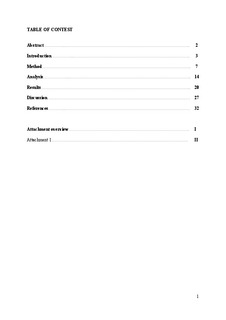The effect of barbell-type on physical load in deadlift
Abstract
Purpose: The purpose of this study was to investigate the influence of barbell type on lifting technique and muscle and joint load during submaximal weights in deadlift.
Method: Barbells from olympic weightlifting (OWL) and power lifting (PL) were used. Sixteen subjects from different strength disciplines executed twelve submaximal lifts at minimum 150 kg. Electromyography, force plate and ProReflex were used to collect data about muscle activity, force production, moment on joint and barbell trajectory.
Results: Shows significantly differences in barbell qualities between the OWL and PL (71574 ± 4611 vs. 85502 ± 9818, p < 0,05). One EMG measurements were found to be significant, m. vastus medialis (holdsteady) (65 ± 37 vs. 57 ± 36, p< 0,05). One EMG measurement were a trend, m. longissimus (earlystart) (243 ± 129 vs. 255 ± 125, p 0,059). Sixteen EMG measurements were non significant. No significant moment differences on joints were found, such as the pelvis (holdsteady) (392 ± 136 vs. 390 ± 141, p 0,914) and the knee (maxmoment) (384 ± 141 vs. 384 ± 130, p 0,995). Other measurements such as rate of force development (RFD), barbell trajectories and maximal force (MaxFz) were non significant.
Conclusion: The results indicate that the barbell choice when executing a submaximal deadlift has no effect on physical load or technique.
